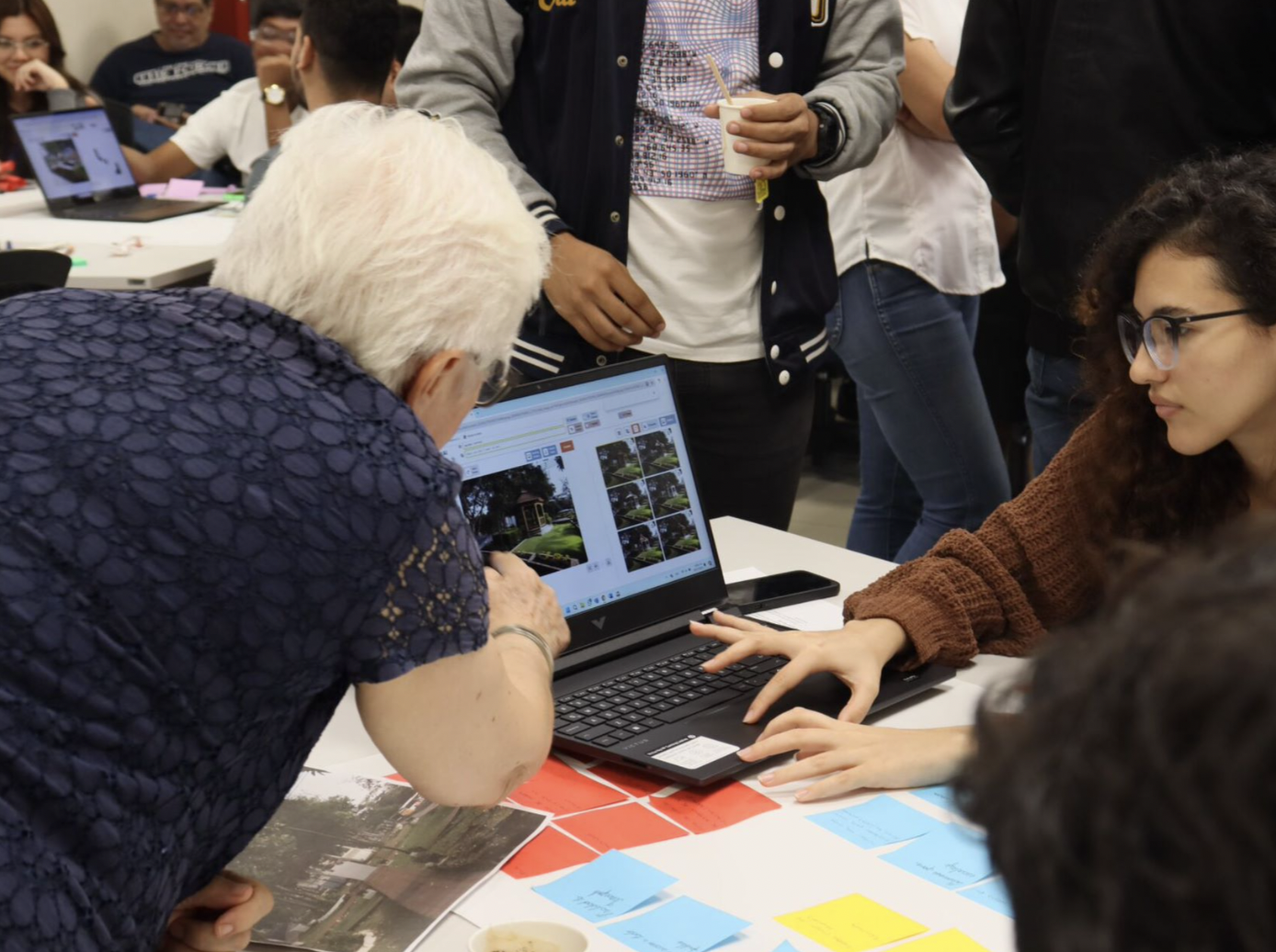Bringing Communities Together Through AI-Driven Urban Planning
September 10, 2024
Technology is changing the way we interact as a species. Random conversations at the market or café are becoming rarer. Heads bent over our phones, we miss the causal greetings and the stories of the people and the place where we live. The social fabric of our societies more fragile than ever. Even before the pandemic, social cohesion was at historically low levels in many parts of the world. Our region, including Panama, is no exception—reporting rising pessimism and the lowest levels of interpersonal trust in over two decades. In Panama, a recent study revealed that 37% of those surveyed said they could not trust anyone in their community or neighborhood, while 51% said they could only trust a few people.
But technology is also bringing us closer in so many extraordinal ways. As part of our work on a portfolio on social cohesion, and to support the work of our HDR team on understanding how the digital gap is affecting inequality in Panama, we wanted to test if technology could also be used to elevate level of social cohesion in our communities. We asked, how might we access tech to bringing communities together? Could emerging technologies, such as generative AI, be used to drive participatory processes and the positives ripples effects they bring, such as the levels of inclusion, and engagement with our surroundings?
Imagine a city where young and elderly residents come together, using AI technology to redesign their community spaces. This is not from a sci-fi movie, this happened recently in Betania, a middle-class neighborhood of Panama City. Through a series of intergenerational workshops, students from the Technological University of Panama collaborated with local senior community members and utilized an innovative artificial intelligence tool called UrbanistAI to explore the potential of AI in urban planning.

Photo 1 – Pre workshop photo of a public space taken by participant.
Cities are the heart of human interactions, where exchanges of all kinds take place, and where social cohesion takes on many shapes. Yet many urban areas suffer from poor planning, limited public engagement, and a lack of inclusivity. Sustainable Development Goal 11 (SDG 11) aims to make cities inclusive, safe, resilient, and sustainable. One effective way to achieve this is through participatory urban planning, where community members actively contribute to the design and improvement of their surroundings. Recognizing the potential of intergenerational collaboration, we embarked on a social innovation experiment in Betania to leverage AI for social cohesion.

Photo 2 – Participants of two generations working together
How we used AI for Participatory Urban Planning
UrbanistAI is a generative AI tool that allows users to visualize and render urban design ideas in real-time. By integrating this technology into our workshops, we aimed to enhance the participatory process, making it more dynamic and inclusive and by promoting a sense of ownership with the results. The AI tool helped bridge the gap between ideas and reality, by giving instant visual feedback and facilitating a more engaging dialogue between participants.
The workshops were designed to foster collaboration between students from the Universidad Tecnológica de Panamá and senior residents of Betania. Participants worked in mixed-age groups, using UrbanistAI to redesign public spaces based on photographs they had taken themselves. Through a structured process that included public space diagnostic, group discussions, and hands-on interaction with the AI tool, participants identified areas for improvement in their community spaces and collaboratively developed design solutions.


Photo 3 & 4 – Before and after of public spaces designed by workshop participants
Surveys conducted before and after the workshops measured changes in indicators of social cohesion, such as participation, inclusion, and intergenerational collaboration, highlighting the impact of this participatory approach. One student reflected on the experience, noting, "It was amazing to see our ideas come to life instantly. Working with the elders gave us a new perspective on how people different ages need for the same place."


Photo 5 & 6– Before and after of public space designed by workshop participants
Key Learnings
- Technology for Participatory Processes: The workshops demonstrated the substantial role of AI in facilitating creative urban design sessions. While the technology still has some local contextual perception to improve, using a platform such as UrbanistAI allowed participants to visualize and materialize their ideas instantly, making the process more dynamic and collaborative.
- Intergenerational Collaboration: Participants appreciated the different perspectives and insights, highlighting the importance of considering various generational views in urban design to create inclusive proposals. The young were nurtured by the rich history and memories from the elders who at the same time they were enriched by the new ideas the young had to offer.
- Community Empowerment: Participants felt invested to contribute ideas and solutions, highlighting that the participatory process is necessary for improving community environments. This was demonstrated in the survey results with a significant increase in the perception of social inclusion and motivation to participate in community activities. Participants reported more effective intergenerational collaboration, felt more valued and heard, and improved interactions with people of different ages.

Photo 7 – Young and elder collaboration
The workshops brought together 190 participants over the course of 4 days and resulted in over 20 actionable design proposals for Betania’s public spaces, including improved park layouts, safer pedestrian pathways, and more accessible community centers. As a next steps, these proposals are going to be presented to local authorities to be considered for implementation.
This experiment showed that emerging technologies, such as AI, have immense potential to transform urban planning by making it more inclusive and participatory. We believe that combining technology with human creativity and collaboration can drive significant progress toward a more cohesive society.
Check out the full report of the experience for more details.

 Locations
Locations
